Code
HCS27713
Weight
46 gm / 0.1 lbs
Size
Height
2cm (1") Width
7cm (3") Depth
6cm (2") Material
Sterlin Silver
Availability
Available

Safe Payment
We accept Paypal, Money Transfer, Bank Transfer
Confidence
Protection covers your purchase and personal data.
Worldwide Delivery
We ship Worldwide, except Russia.Shipping cost US$25.2 for upto 0.5 kgs

Hotline
Talk to help line for your question on 9841267335Purna Kalash : Brief Introduction
Poorna Kalash is a water vase which is full of all the characteristics of goodness as it is full of all goodness. It is treated as an auspicious object for all human beings. When the religious ceremonies are held Poorna Kalash is kept ate the centre surrounded by eight vessels. In Poorna Kalash, there will be the signs of eight auspicious symbols
The Kalasha is included in the Ashtamangala lists of both the Svetambara and Digambara sects of Jainism. Two eyes are depicted around the Kalasha, symbolising right faith and right knowledge. It is used for religious and social ceremonies. It is used in temples when certain images are being worshipped. When one enters a new home it is customary to carry the kalasha on the head reciting mantras. This ceremony is performed to welcome grace and happiness into the new home. They first appear in stone in the Kushan Empire period (65-224 AD). It is a symbol of auspiciousness.
Poorna Kalash is a water vase which is full of all the characteristics of goodness as it is full of all goodness. It is treated as an auspicious object for all human beings. When the religious ceremonies are held Poorna Kalash is kept ate the centre surrounded by eight vessels. In Poorna Kalash, there will be the signs of eight auspicious symbols
The Kalasha is included in the Ashtamangala lists of both the Svetambara and Digambara sects of Jainism. Two eyes are depicted around the Kalasha, symbolising right faith and right knowledge. It is used for religious and social ceremonies. It is used in temples when certain images are being worshipped. When one enters a new home it is customary to carry the kalasha on the head reciting mantras. This ceremony is performed to welcome grace and happiness into the new home. They first appear in stone in the Kushan Empire period (65-224 AD). It is a symbol of auspiciousness.
Finishing: Stone Setting
The [sterlin Silver] Tibetan Ghau Box With Ashtamangala And Sighu Stone, [gold Plated], [stone Setting] is adorned with an exquisite array of semi-precious stones, including turquoise, coral, and lapis lazuli. These stones are carefully selected and meticulously placed on the [sterlin Silver] Tibetan Ghau Box With Ashtamangala And Sighu Stone, [gold Plated], [stone Setting]'s surface, adding a touch of opulence and enhancing its overall beauty. Each stone is thoughtfully positioned using a high-quality adhesive, ensuring secure and long-lasting attachment. The vibrant colors and unique patterns of the stones create a captivating contrast against the backdrop of the [sterlin Silver] Tibetan Ghau Box With Ashtamangala And Sighu Stone, [gold Plated], [stone Setting], elevating its visual appeal and making it truly eye-catching. Read More . . .
The [sterlin Silver] Tibetan Ghau Box With Ashtamangala And Sighu Stone, [gold Plated], [stone Setting] is adorned with an exquisite array of semi-precious stones, including turquoise, coral, and lapis lazuli. These stones are carefully selected and meticulously placed on the [sterlin Silver] Tibetan Ghau Box With Ashtamangala And Sighu Stone, [gold Plated], [stone Setting]'s surface, adding a touch of opulence and enhancing its overall beauty. Each stone is thoughtfully positioned using a high-quality adhesive, ensuring secure and long-lasting attachment. The vibrant colors and unique patterns of the stones create a captivating contrast against the backdrop of the [sterlin Silver] Tibetan Ghau Box With Ashtamangala And Sighu Stone, [gold Plated], [stone Setting], elevating its visual appeal and making it truly eye-catching. Read More . . .
Seku Design : What is Seku Desing
Seku is a traditional Newari craftsmanship technique that involves the use of thin metal wire, typically copper or silver, to create intricate patterns on various objects. The word "Seku" is derived from the Newari language, and is commonly used to refer to this type of craftsmanship. This technique is a prominent aspect of Newari art and has been passed down through generations of artisans. Read More . . .
Seku is a traditional Newari craftsmanship technique that involves the use of thin metal wire, typically copper or silver, to create intricate patterns on various objects. The word "Seku" is derived from the Newari language, and is commonly used to refer to this type of craftsmanship. This technique is a prominent aspect of Newari art and has been passed down through generations of artisans. Read More . . .
Silver Plated
The [sterlin Silver] Tibetan Ghau Box With Ashtamangala And Sighu Stone, [gold Plated], [stone Setting] has a full Silver plated finish, Sliver plating process involves the application of a thin layer of genuine silver onto the surface of the [sterlin Silver] Tibetan Ghau Box With Ashtamangala And Sighu Stone, [gold Plated], [stone Setting], creating a stunning and lustrous appearance. Skilled artisans handle the silver plating, ensuring even coverage and a flawless finish. The silver plating adds a touch of elegance and sophistication to the [sterlin Silver] Tibetan Ghau Box With Ashtamangala And Sighu Stone, [gold Plated], [stone Setting], enhancing its overall aesthetic appeal. Read More . . .
The [sterlin Silver] Tibetan Ghau Box With Ashtamangala And Sighu Stone, [gold Plated], [stone Setting] has a full Silver plated finish, Sliver plating process involves the application of a thin layer of genuine silver onto the surface of the [sterlin Silver] Tibetan Ghau Box With Ashtamangala And Sighu Stone, [gold Plated], [stone Setting], creating a stunning and lustrous appearance. Skilled artisans handle the silver plating, ensuring even coverage and a flawless finish. The silver plating adds a touch of elegance and sophistication to the [sterlin Silver] Tibetan Ghau Box With Ashtamangala And Sighu Stone, [gold Plated], [stone Setting], enhancing its overall aesthetic appeal. Read More . . .
Brief Introduction :
Ghau is a portable shrine in which an image of the owner's personal deity (Ishta Devata) is kept wrapped in silk cloth. Most Tibetans used Ghau at home and during traveling. At home, it is kept on alter but when traveling it is fastened at the cross belt. Generally, Ghau has trefoil shapes to and a window in the middle through which one can see the personal deity. Ghau is made of two parts which fit together to form a box. The back is usually left plain and the front is richly decorated.


![[sterlin Silver] Tibetan Ghau Box With Ashtamangala And Sighu Stone, [gold Plated], [stone Setting]](https://handicraftseller.com/uploads/pics/product/thumb/2023/01/27713.jpg)
![[sterlin Silver] Tibetan Ghau Box With Ashtamangala And Sighu Stone, [gold Plated], [stone Setting]](https://handicraftseller.com/uploads/pics/product/thumb/2023/01/27713_0.jpg)
![[sterlin Silver] Tibetan Ghau Box With Ashtamangala And Sighu Stone, [gold Plated], [stone Setting]](https://handicraftseller.com/uploads/pics/product/thumb/2023/01/27713_1.jpg)
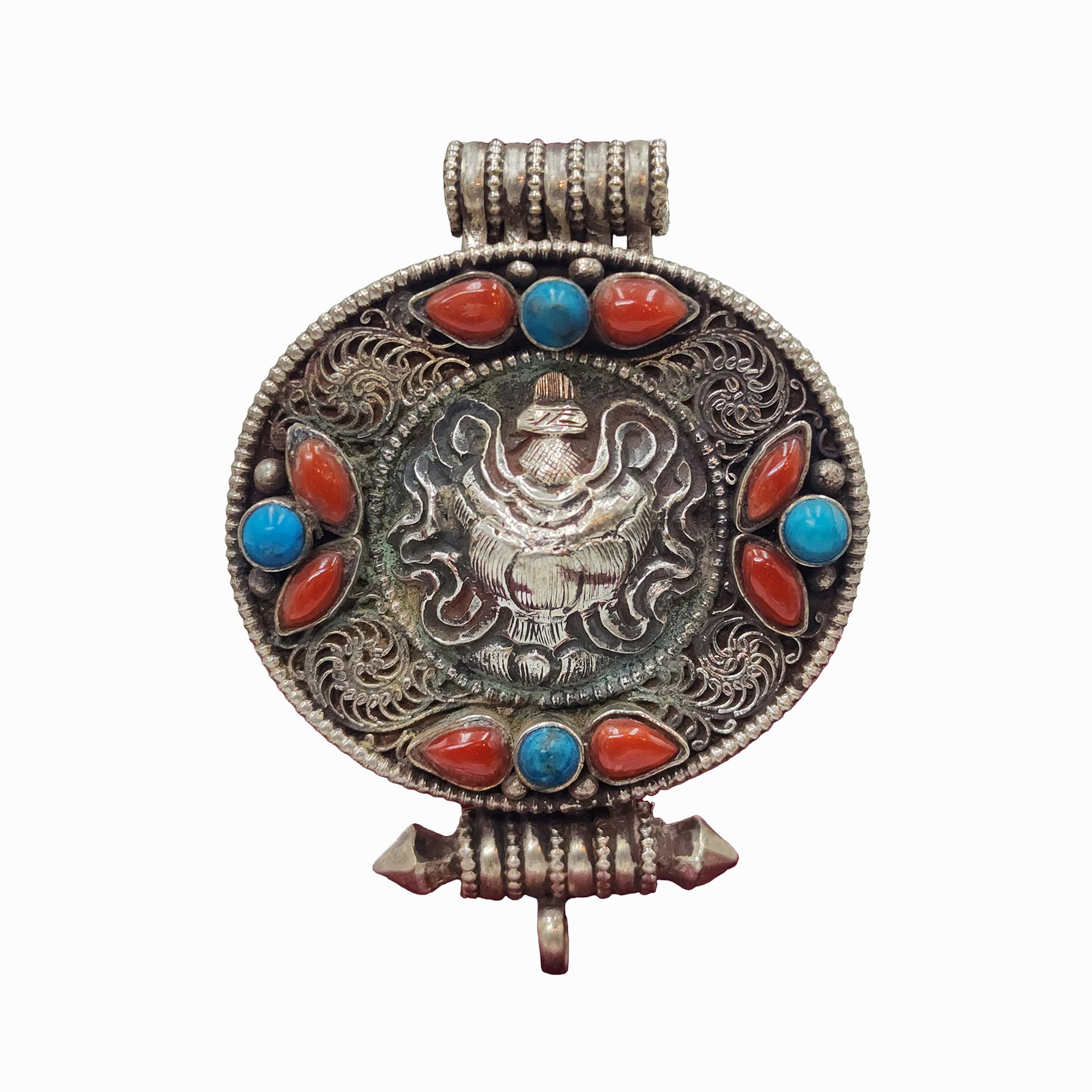
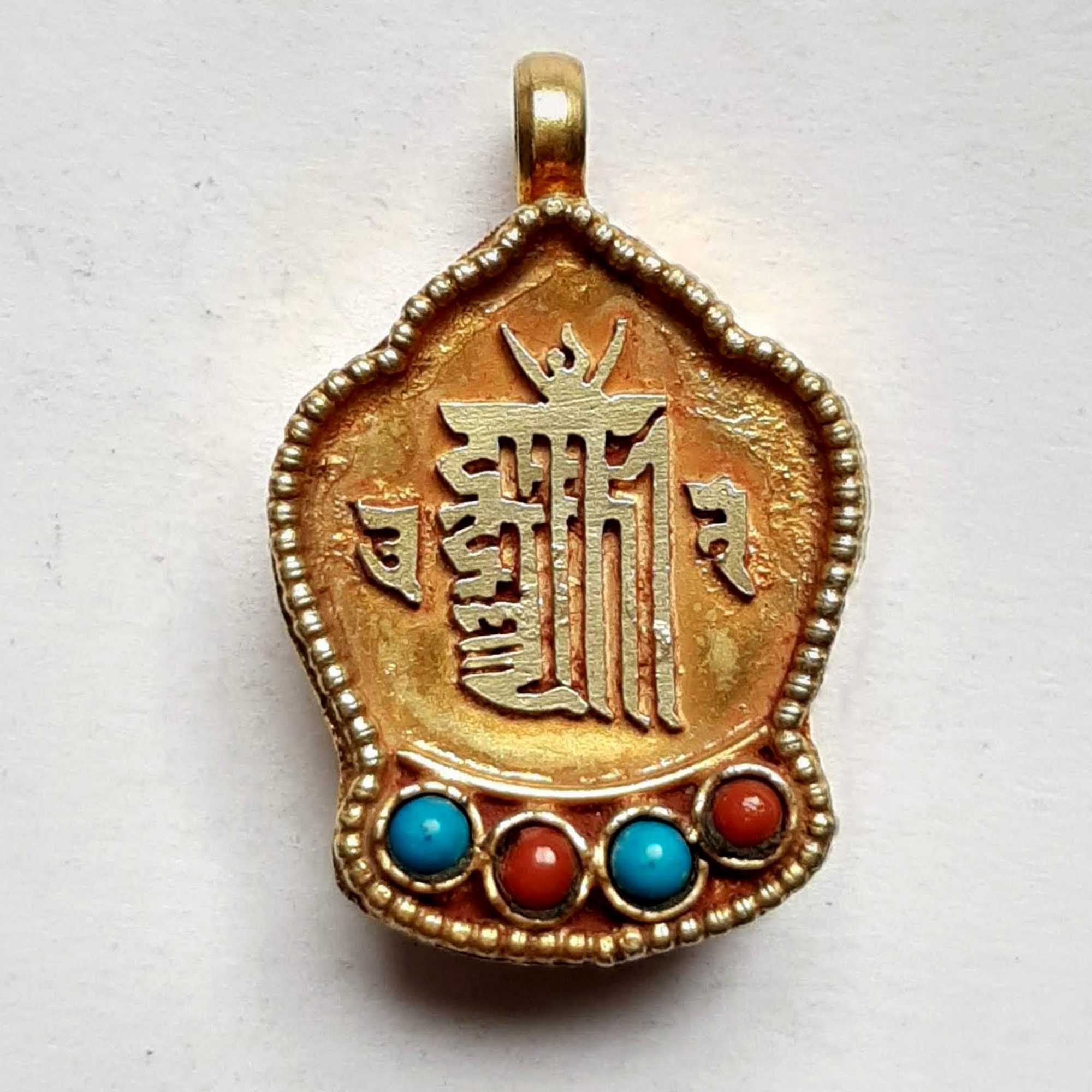 Gold Plated
Gold Plated 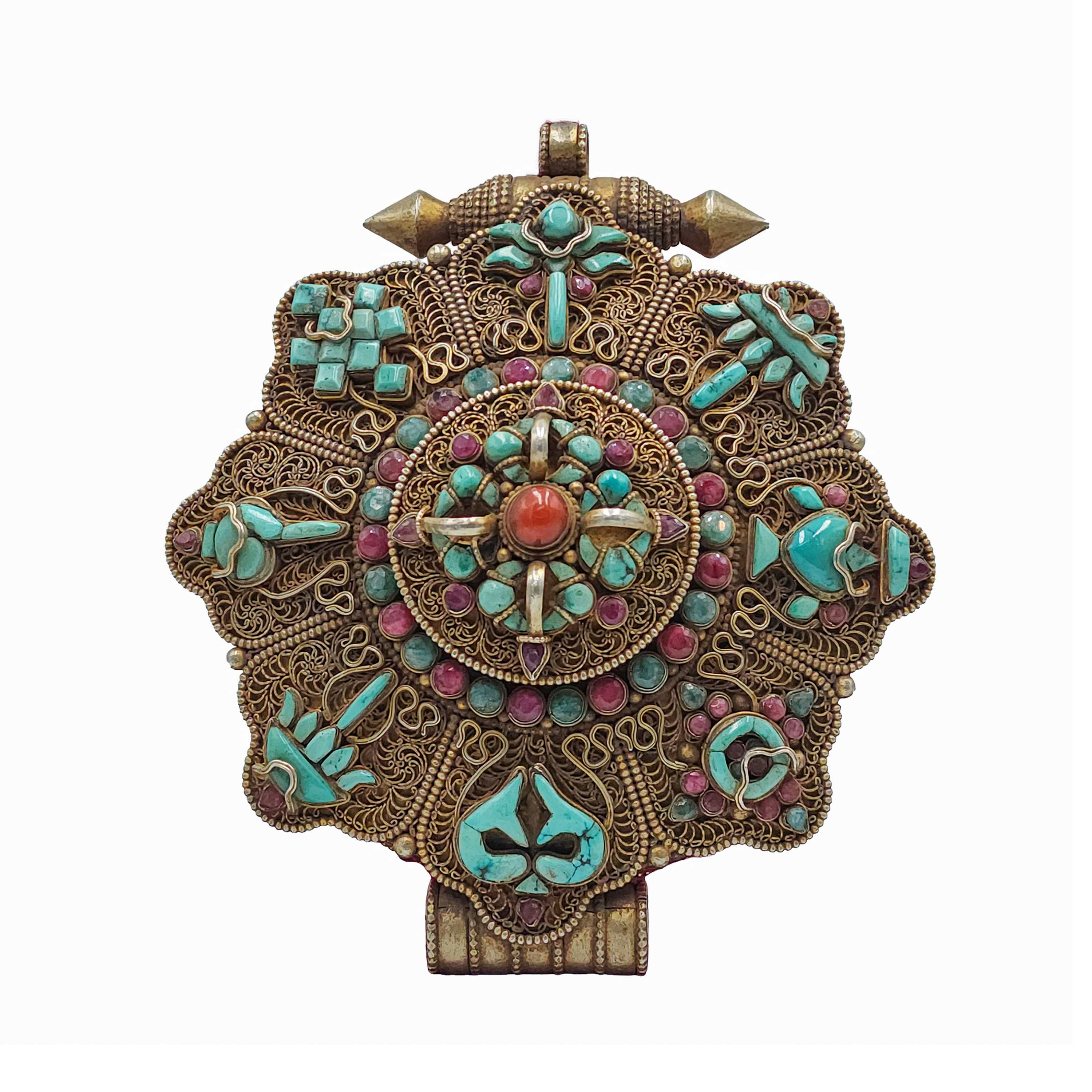 Sterlin Silver Tibetan Ghau Box
Sterlin Silver Tibetan Ghau Box 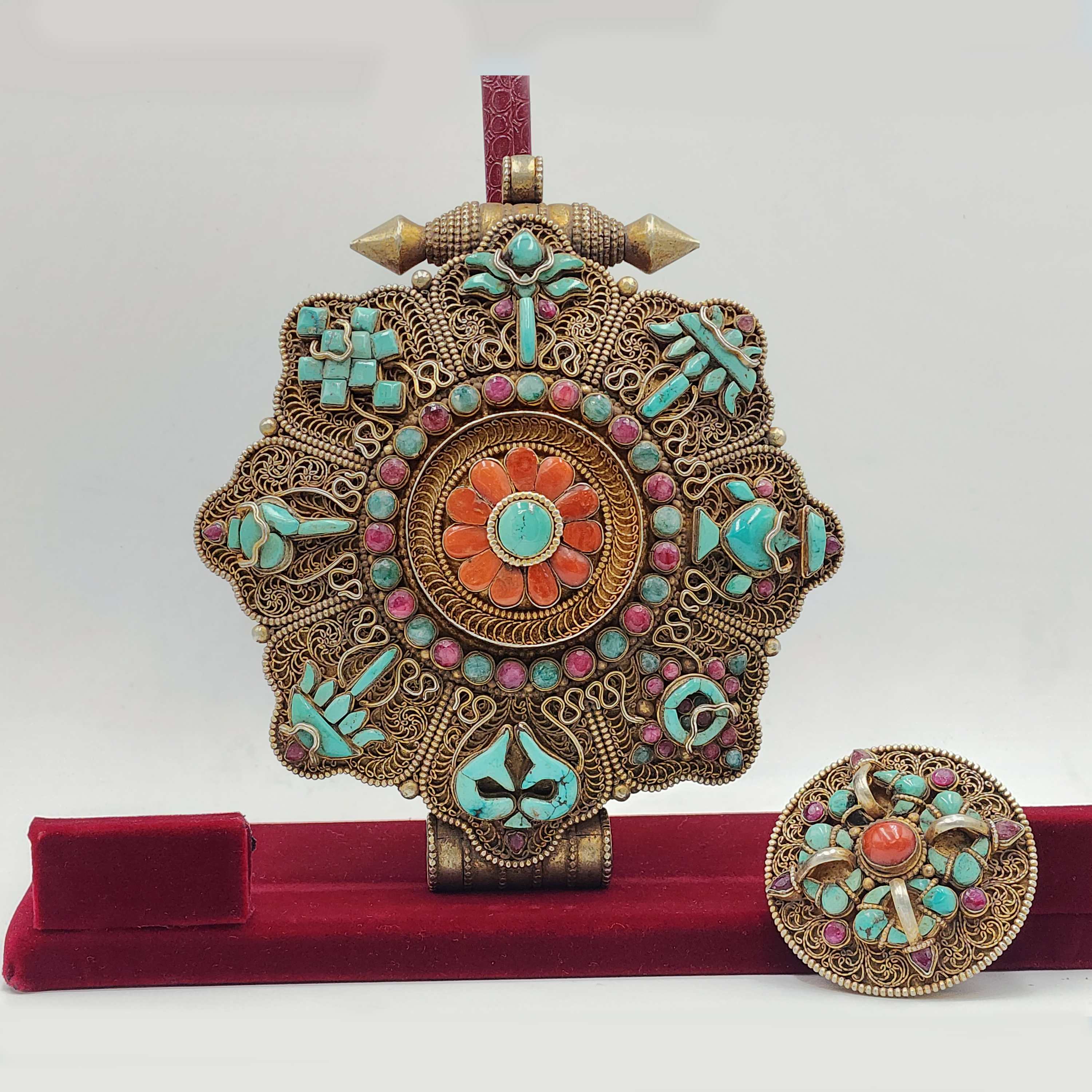 Sterlin Silver Tibetan Ghau Box
Sterlin Silver Tibetan Ghau Box  Pendant, Silver Jewellery
Pendant, Silver Jewellery 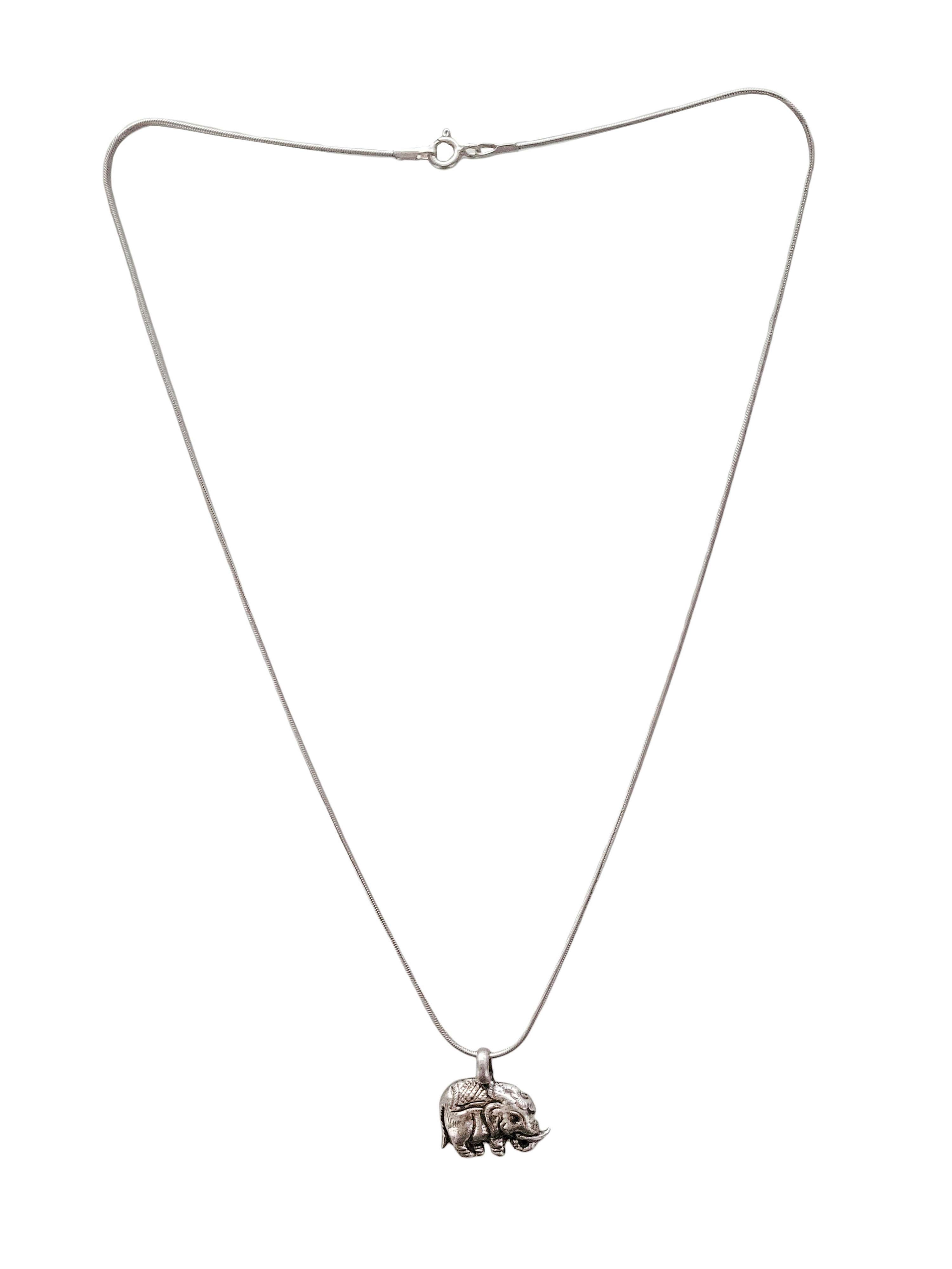 Pendant, Silver Jewellery
Pendant, Silver Jewellery 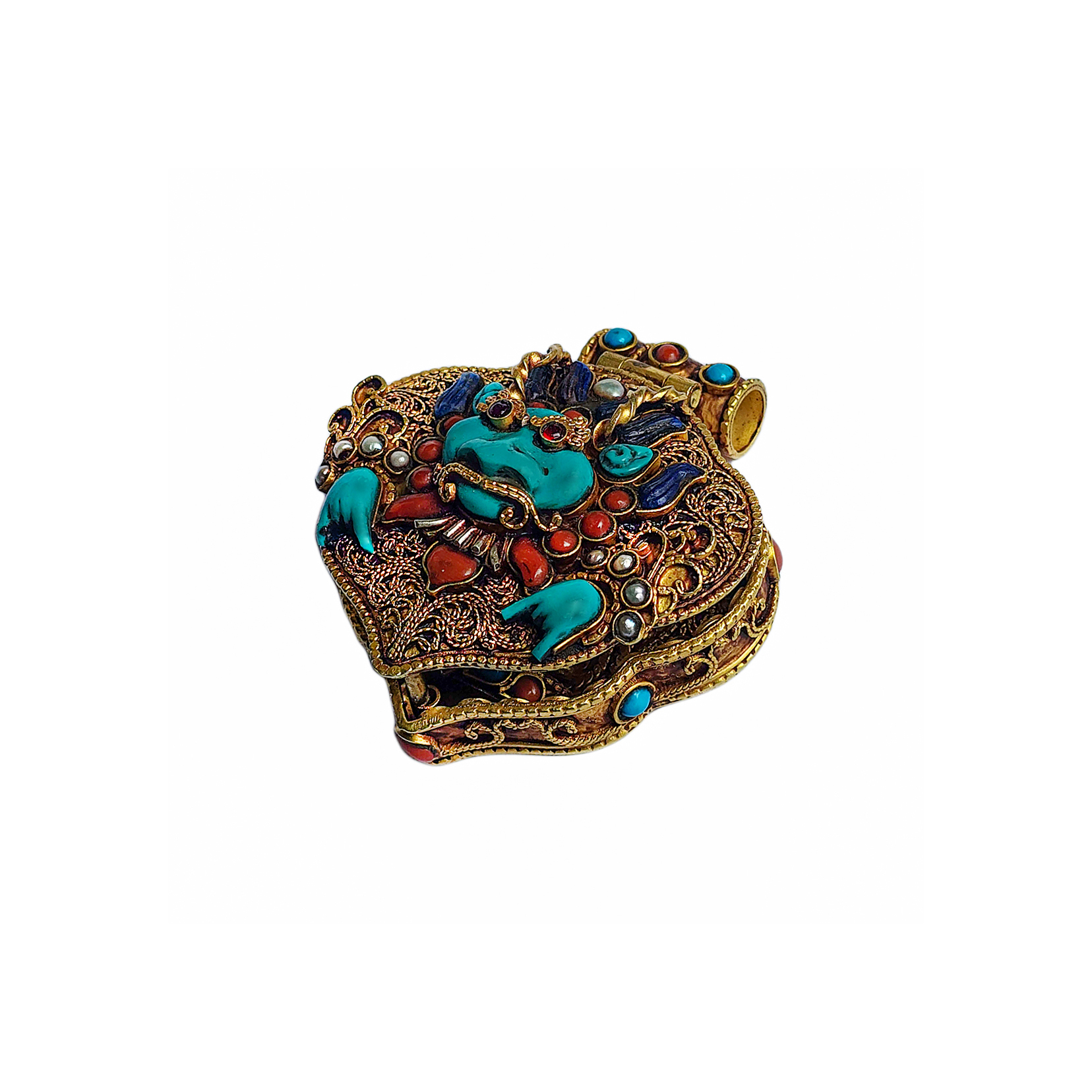 Silver Tibetan Ghau Box
Silver Tibetan Ghau Box 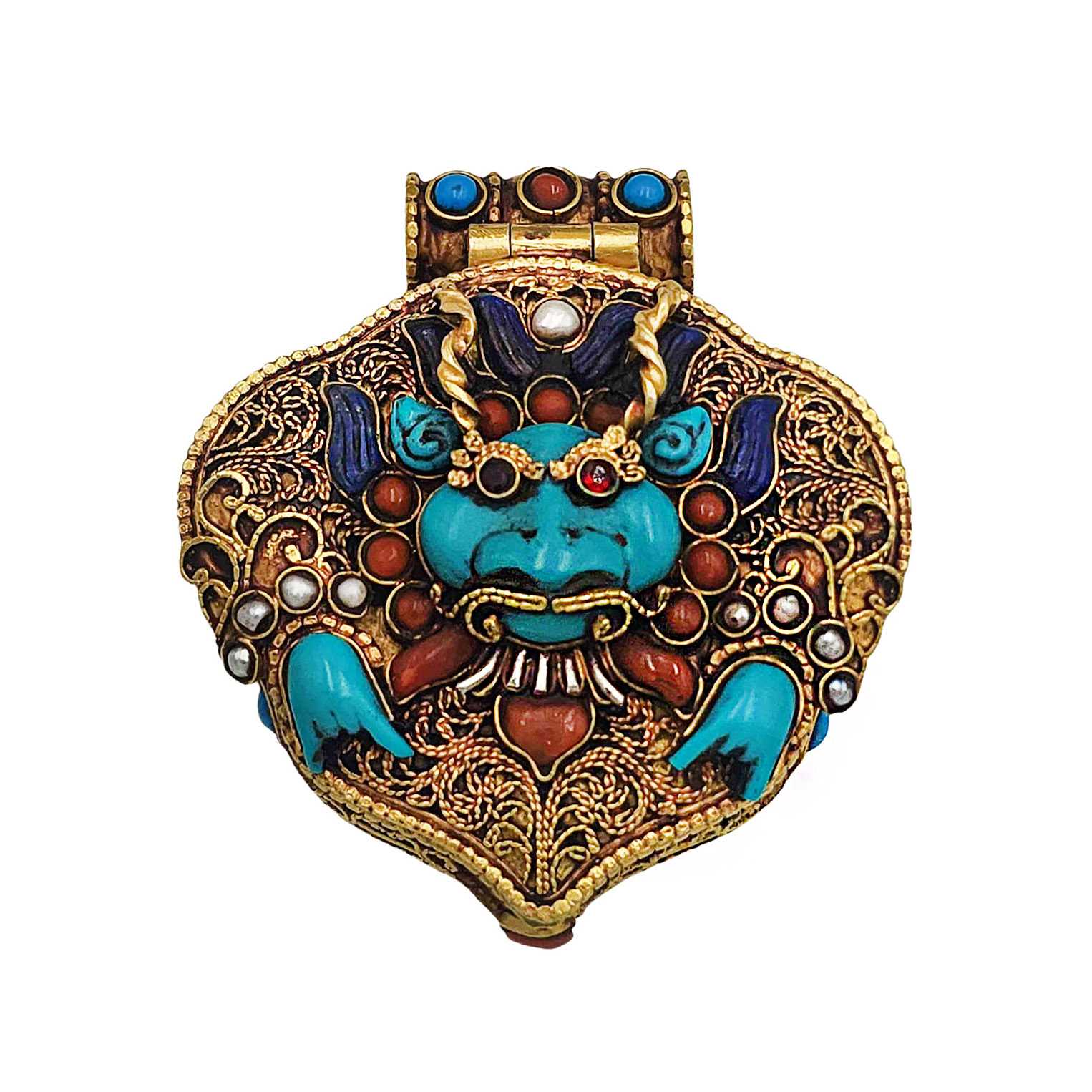 Silver Tibetan Ghau Box
Silver Tibetan Ghau Box 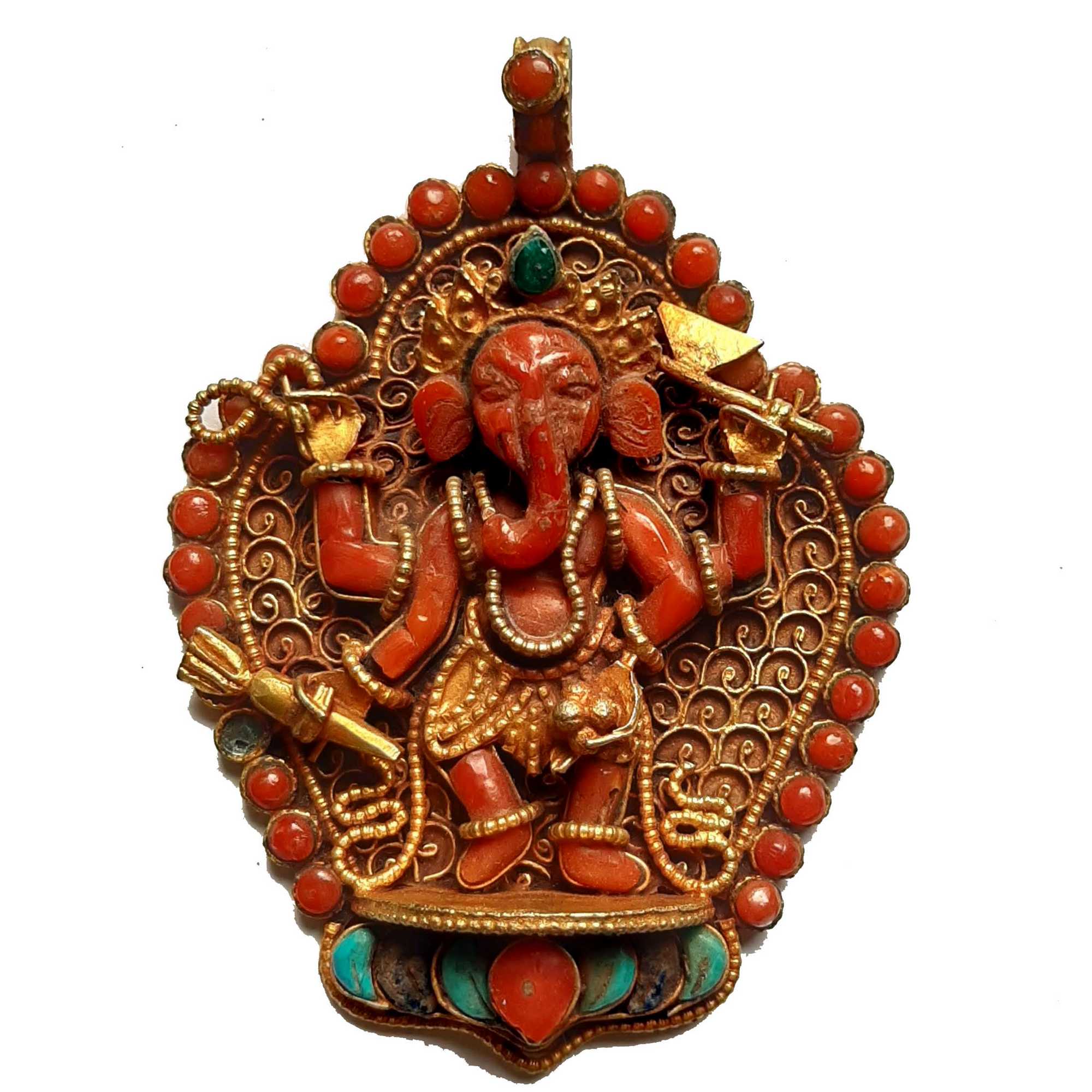 Silver Real Coral Ganesh Ghau Amulet,
Silver Real Coral Ganesh Ghau Amulet, 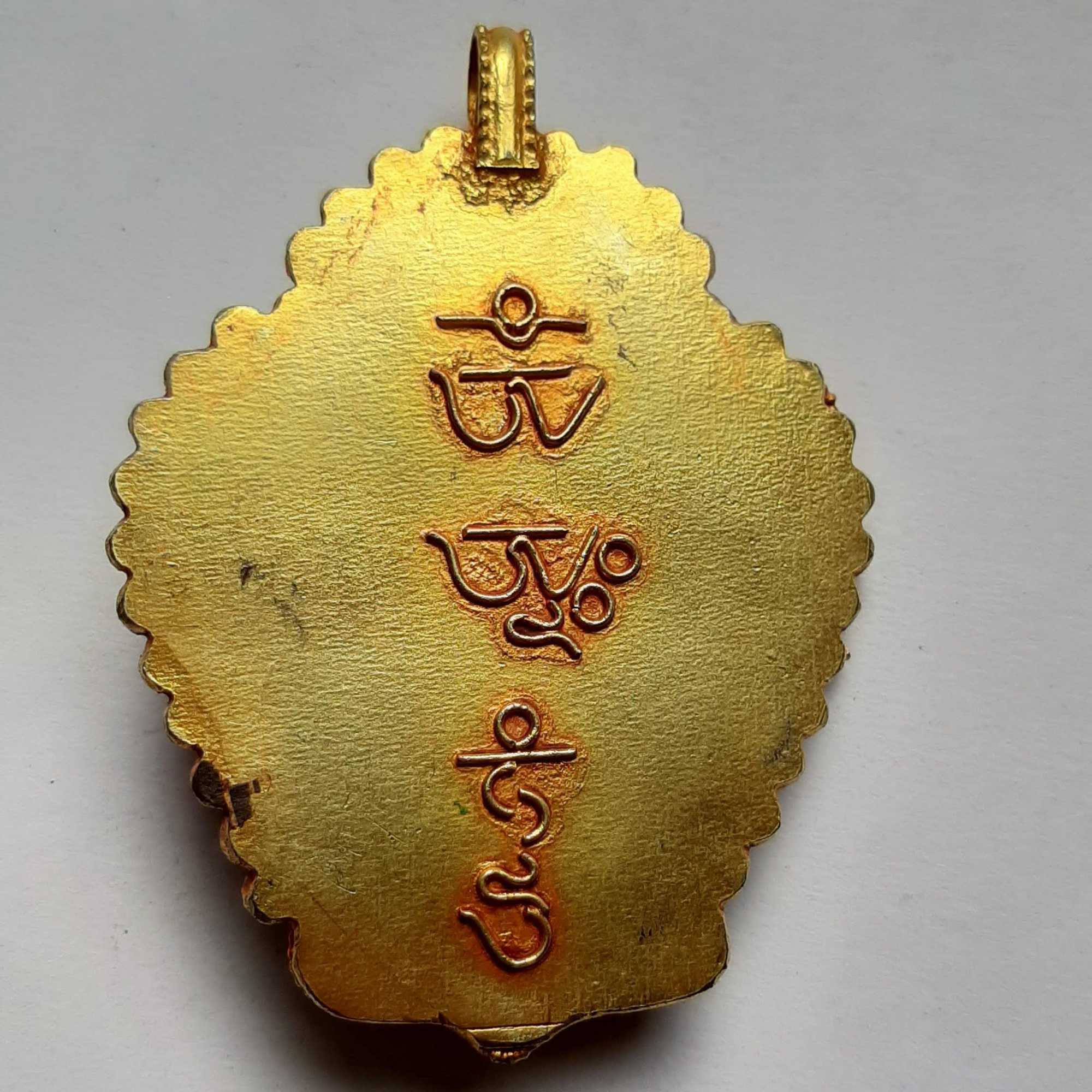 Silver Real Coral Ganesh Ghau Amulet,
Silver Real Coral Ganesh Ghau Amulet, 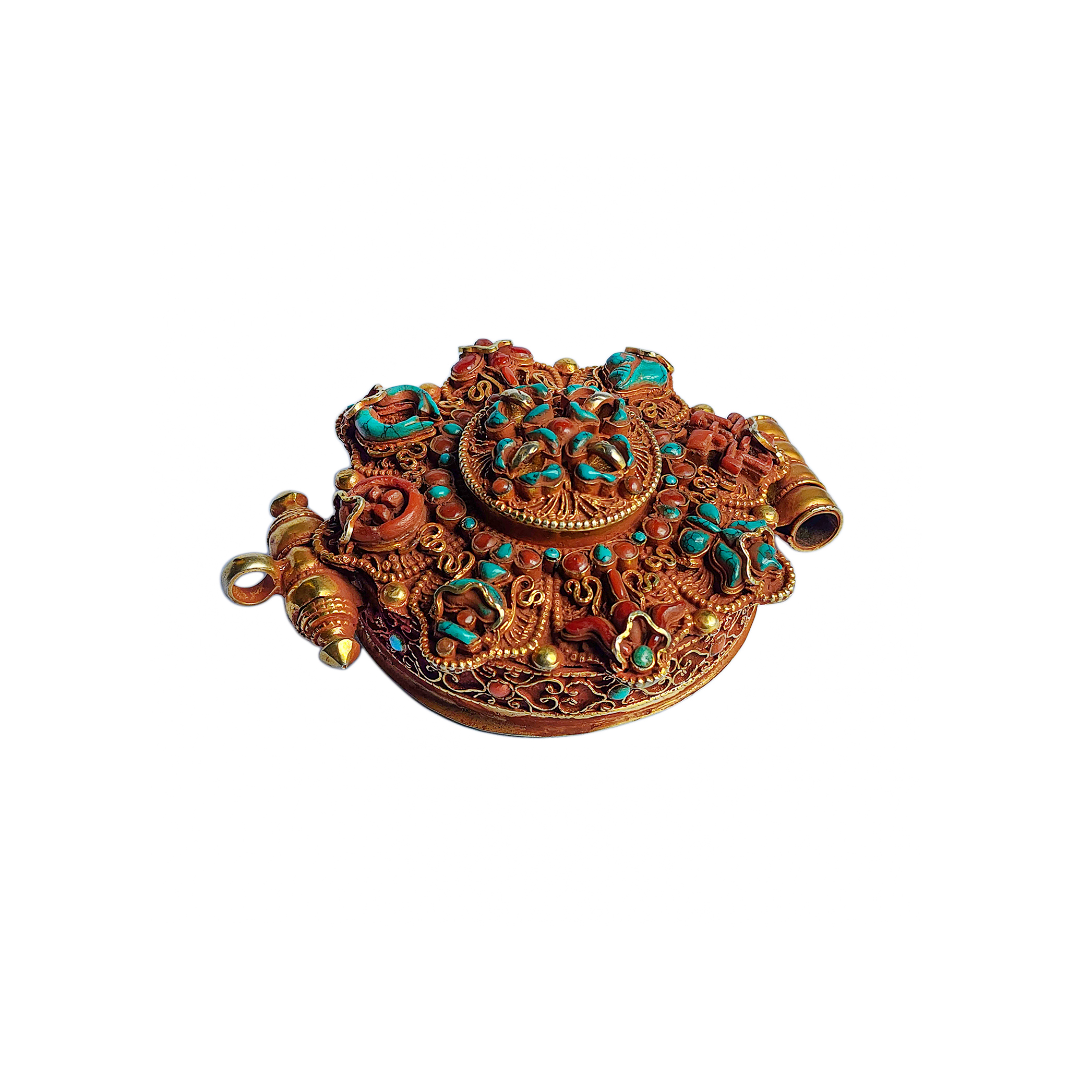 Silver Tibetan Ghau Box
Silver Tibetan Ghau Box 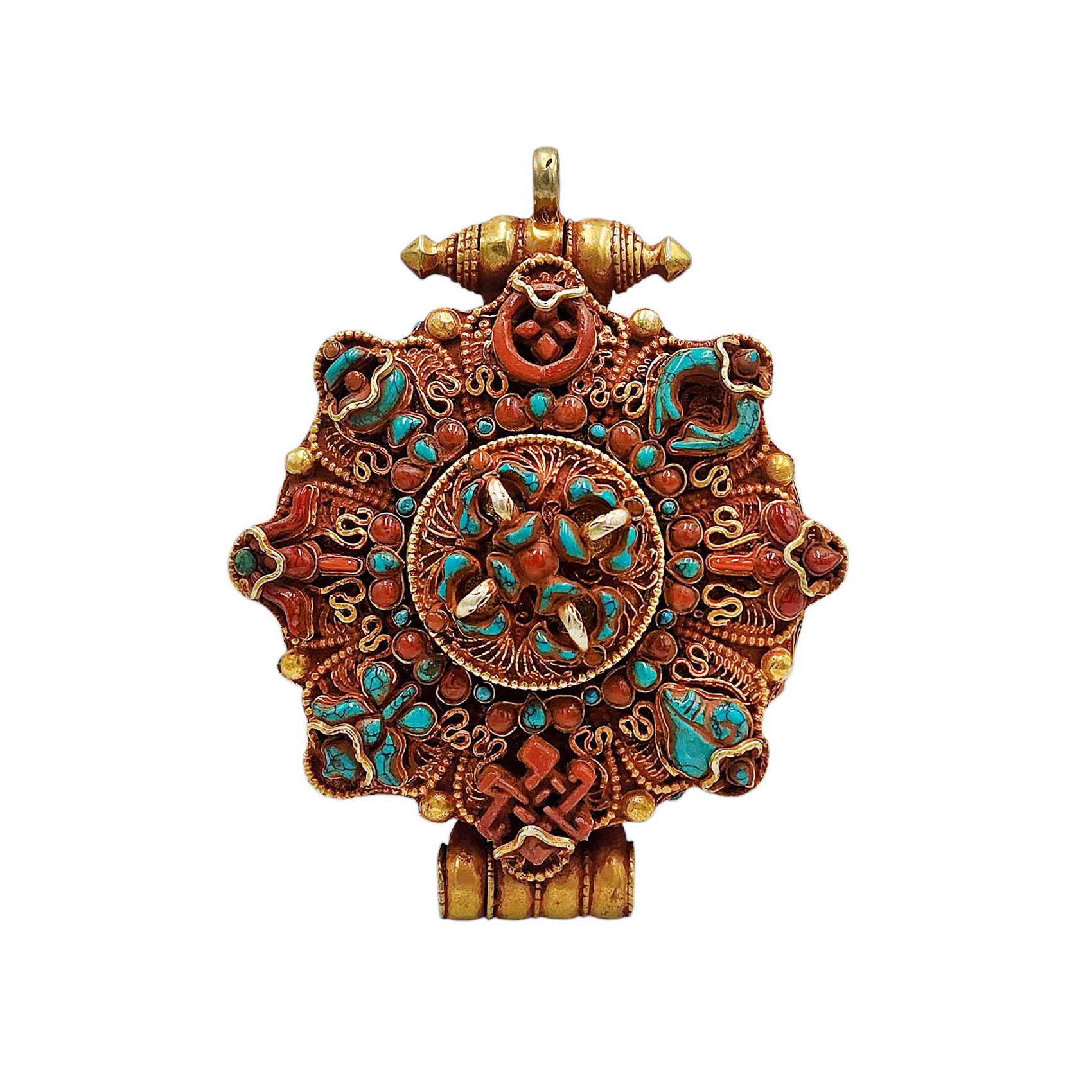 Silver Tibetan Ghau Box
Silver Tibetan Ghau Box 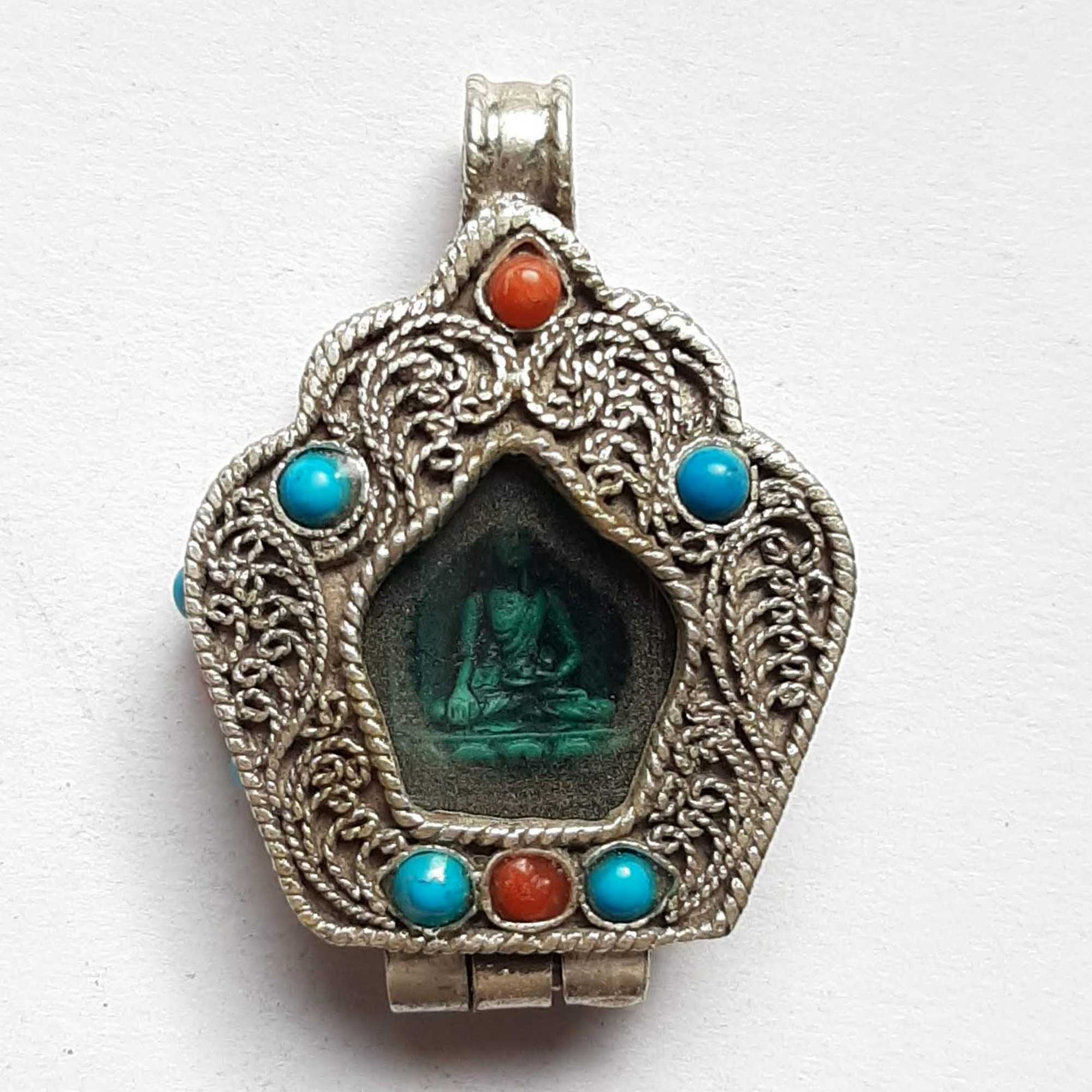 Silver Buddha Ghau Ghau Amulet,
Silver Buddha Ghau Ghau Amulet, 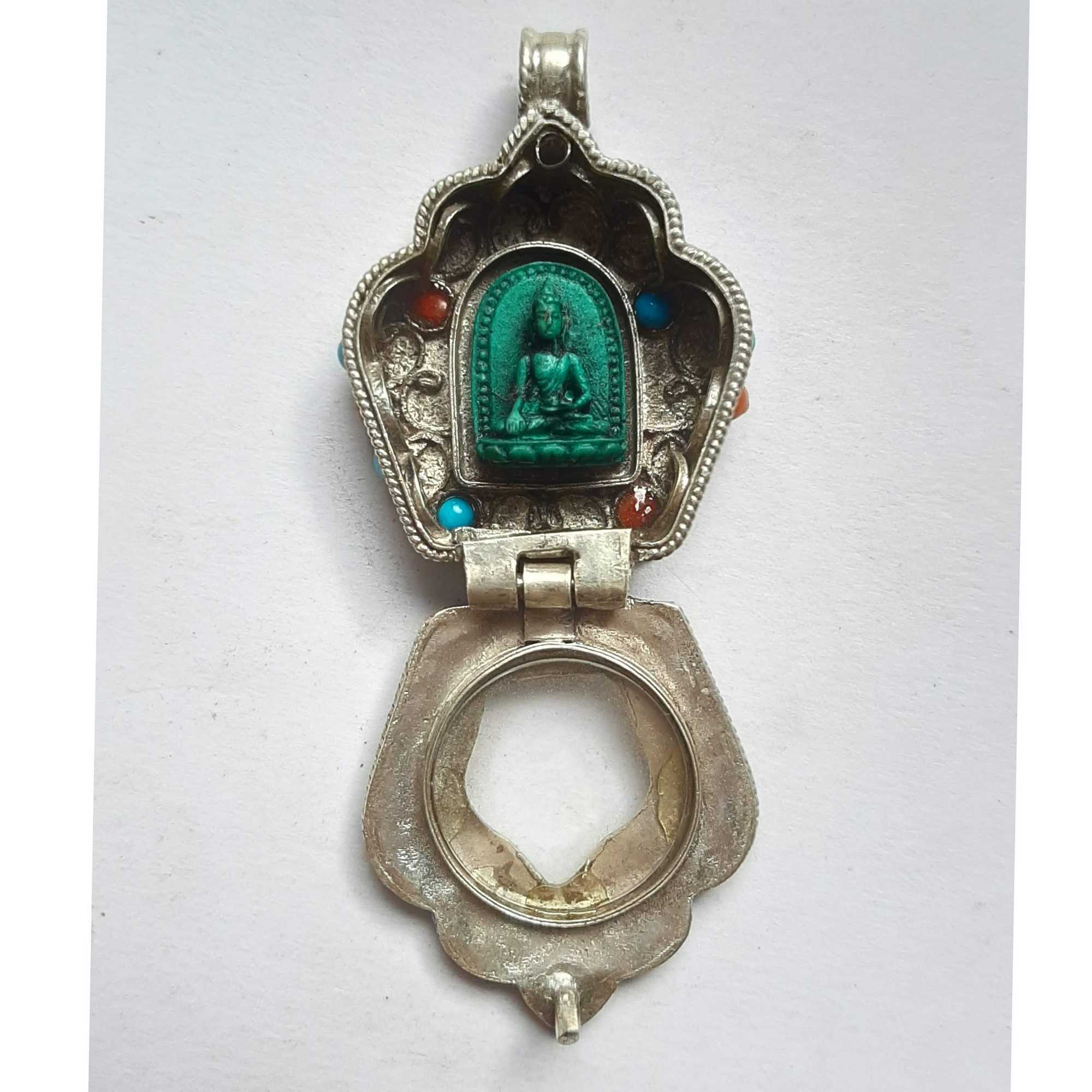 Silver Buddha Ghau Ghau Amulet,
Silver Buddha Ghau Ghau Amulet, 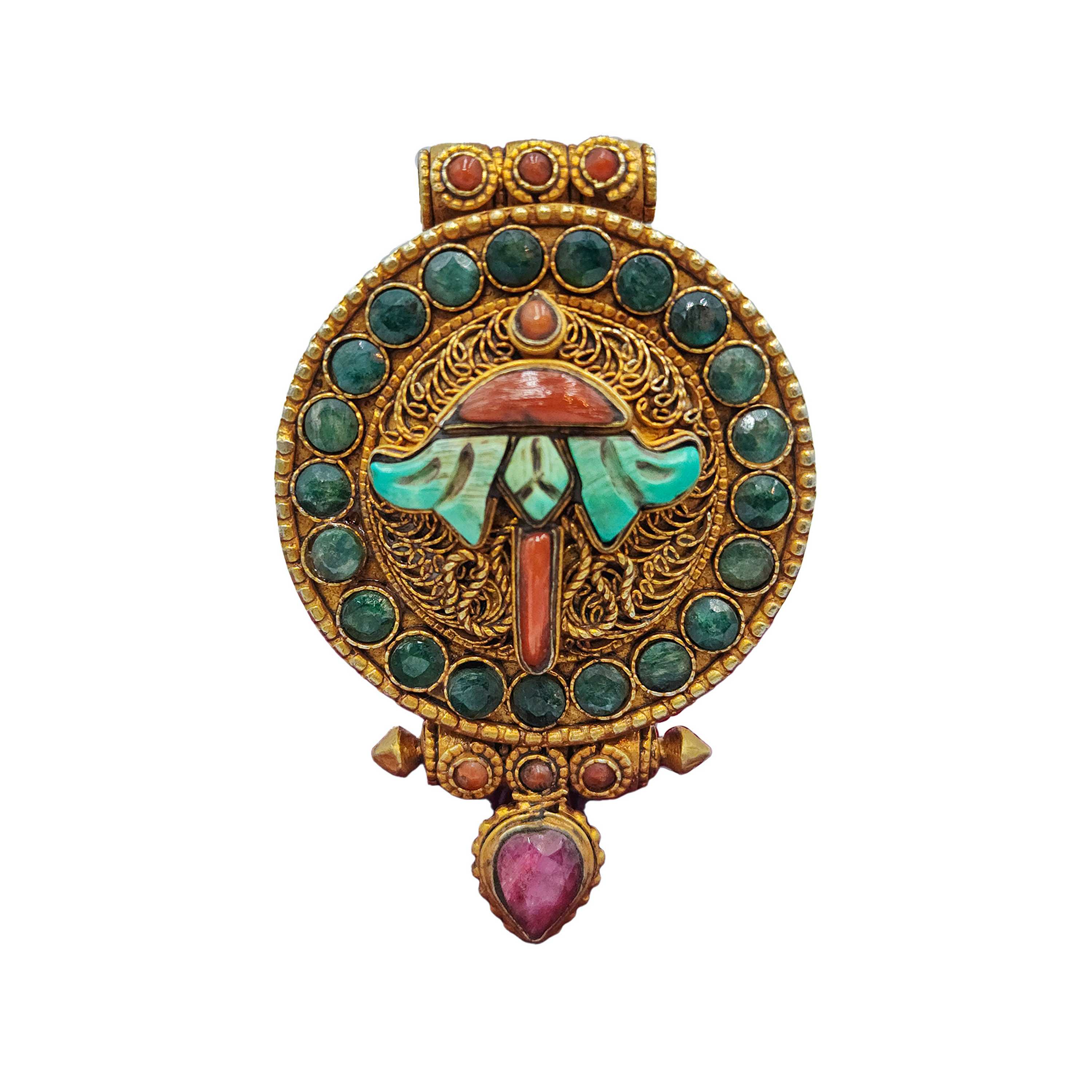 Sterlin Silver Tibetan Ghau Box
Sterlin Silver Tibetan Ghau Box 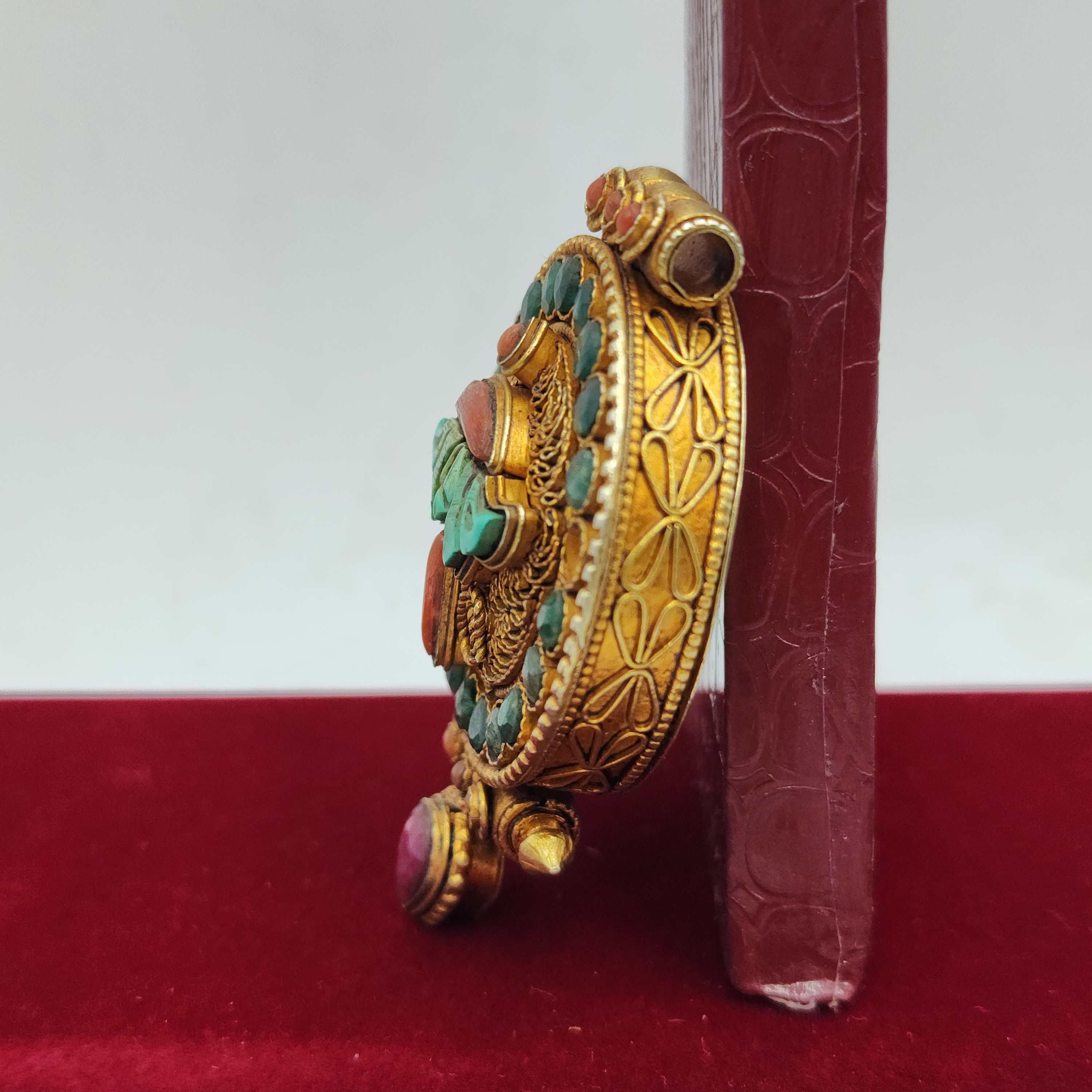 Sterlin Silver Tibetan Ghau Box
Sterlin Silver Tibetan Ghau Box 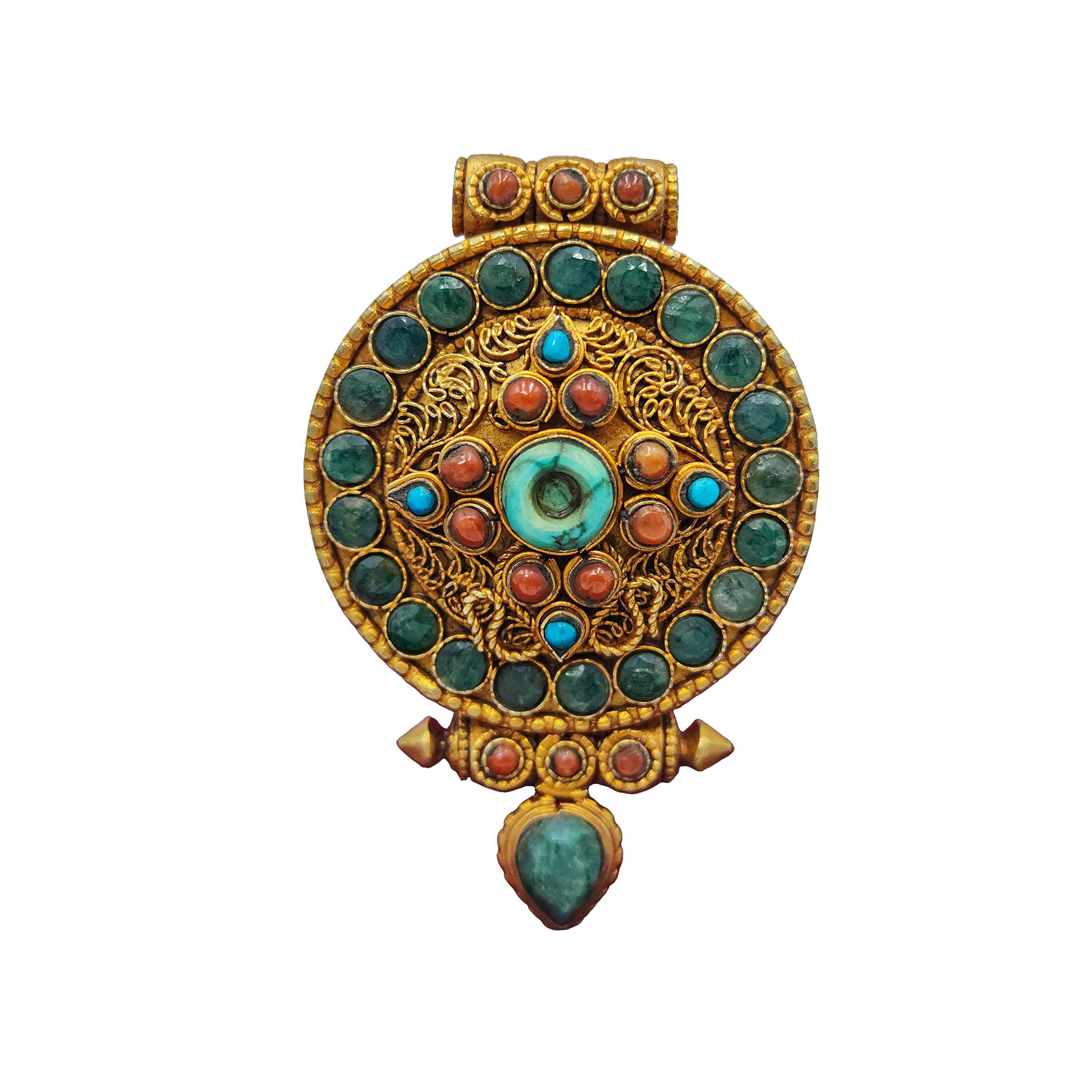 Sterlin Silver Tibetan Ghau Box,
Sterlin Silver Tibetan Ghau Box, 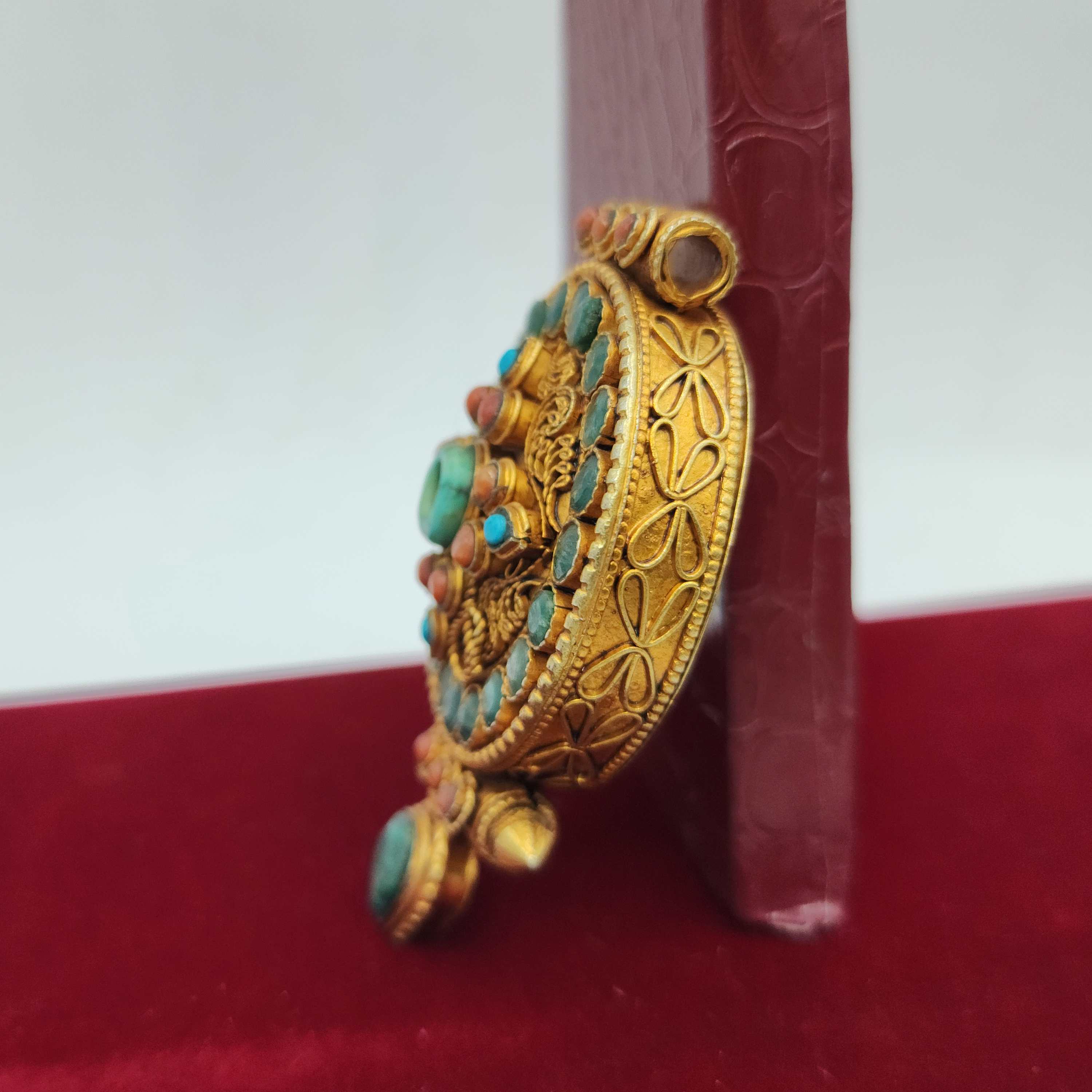 Sterlin Silver Tibetan Ghau Box,
Sterlin Silver Tibetan Ghau Box, 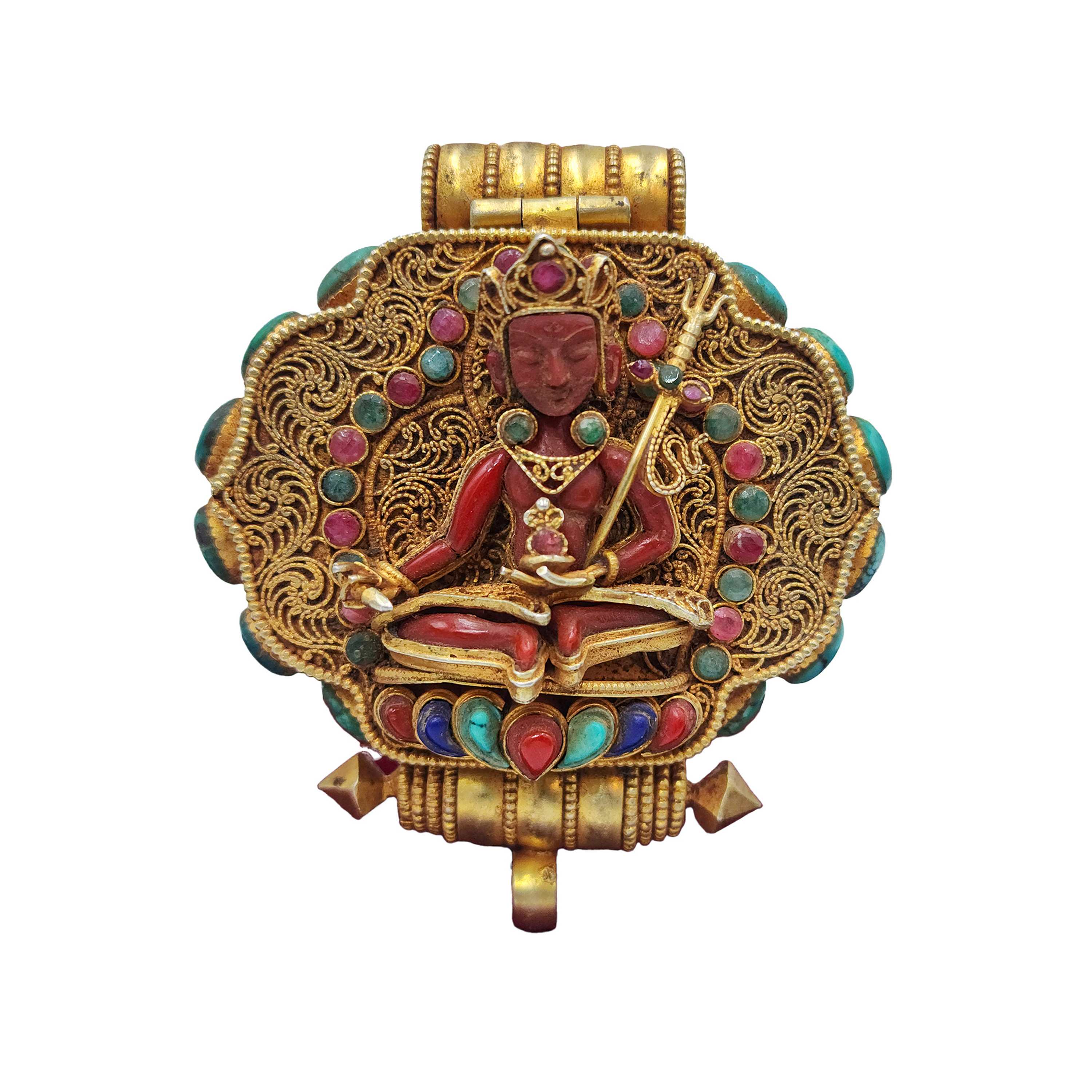 Sterlin Silver Tibetan Ghau Box
Sterlin Silver Tibetan Ghau Box 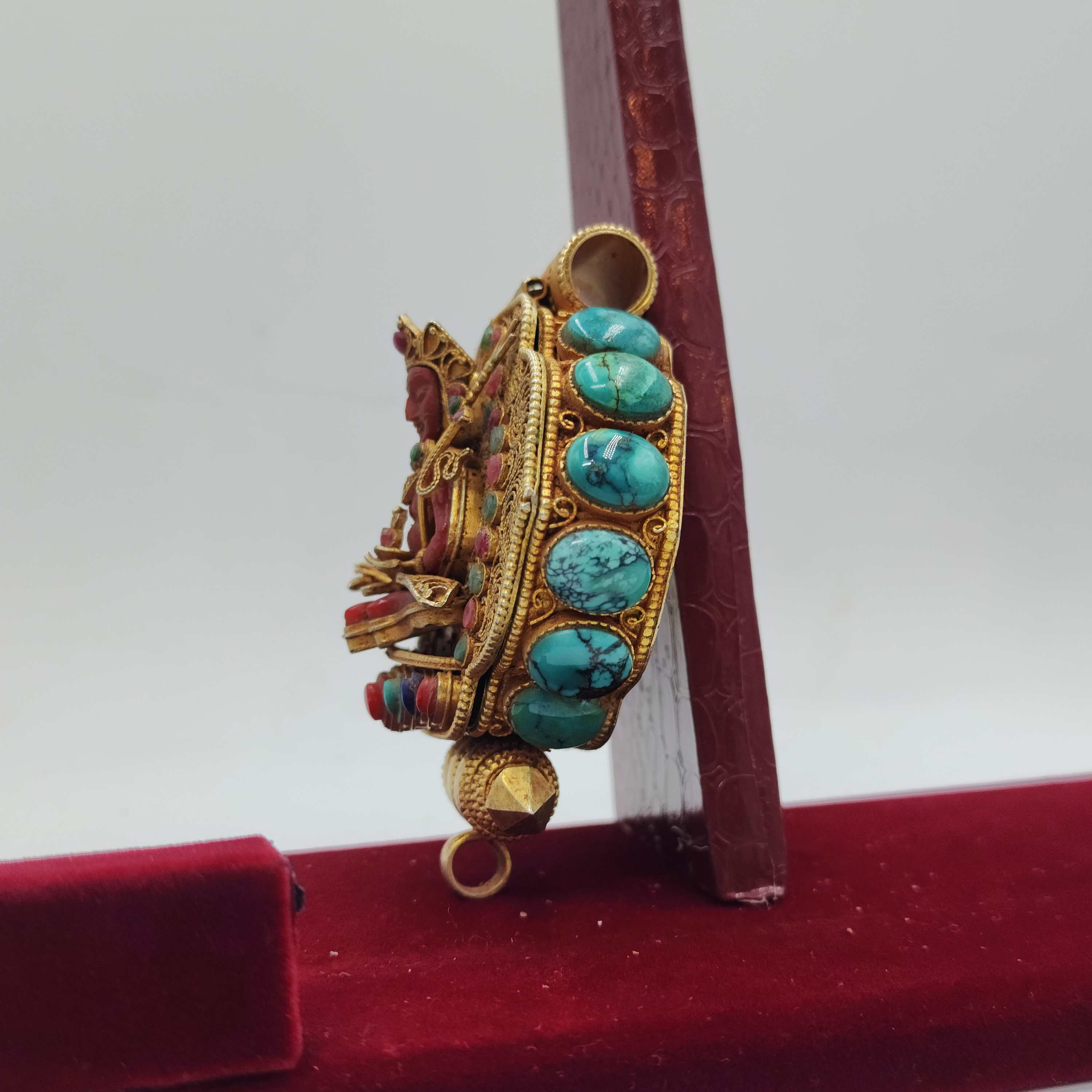 Sterlin Silver Tibetan Ghau Box
Sterlin Silver Tibetan Ghau Box